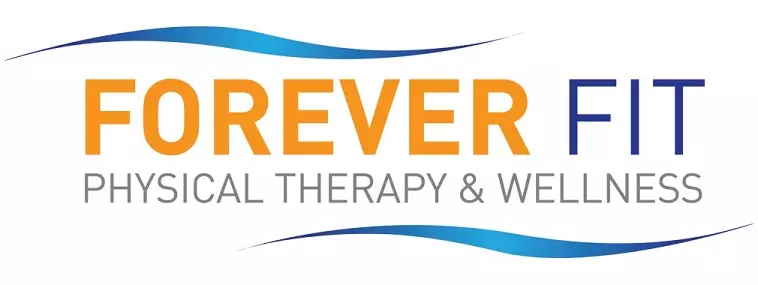Dry needling is a safe and effective treatment that can help you experience significant relief, though it can also come with some mild side effects. Major benefits of dry needling include targeted pain relief and accelerated recovery. This innovative technique, performed by licensed physical therapists, uses thin needles to release muscle tension and promote healing. The thin, sterile needles are inserted into trigger points, or “knots” in your muscle tissue. While the benefits of dry needling often outweigh the drawbacks, it can be important to understand the pros and cons before deciding if it’s the right choice for you.
The pros of dry needling
Dry needling offers significant benefits, making it an excellent option for many patients dealing with pain or limited mobility. Some key advantages of dry needling treatment include:
- Targeted pain relief — Dry needling allows physical therapists to focus on specific trigger points or areas of muscle tension. This targeted approach helps relieve pain at its source. Dry needling can be especially effective for patients with chronic back pain, tension headaches and chronic conditions like sciatica. A 2023 meta-analysis found that dry needling can effectively reduce pain and improve functional capacity in patients with chronic neck pain in both short- and mid-term intervals. Notably, patients over 40 years old experienced more significant benefits compared to younger individuals. By releasing tight muscle fibers, dry needling can also help with referred pain. Referred pain happens when discomfort is felt in one part of the body but originates elsewhere. Your physical therapist can identify the root source of your pain and target that area with dry needling.
- Improved muscle function — When muscles are tight, they can restrict movement. You may feel stiff and tense. Dry needling can help release tight knots, allowing your muscles to relax and move more freely. Patients with limited range of motion in their neck, shoulders or hips often see noticeable improvements after only a few sessions. If you’re an athlete, dry needling may be particularly useful. Dry needling can help restore optimal muscle function, leading to improved performance and reduced injury risk.
- Boosted blood circulation — Dry needling can stimulate blood flow to the targeted area. Better blood flow can improve your body’s ability to deliver oxygen and other nutrients to your muscles. These nutrients can be essential for muscle repair and recovery. Improved circulation can also help flush out chemicals that contribute to pain and discomfort. By boosting your circulation, dry needling may reduce symptoms and speed up recovery. These benefits can make dry needling an effective treatment if you’re recovering from an acute injury.
The cons of dry needling
Dry needling is generally safe and well tolerated. Even so, it may help to know about some of the potential risks before starting treatment. Some downsides of dry needling may include:
- Mild discomfort — Dry needling involves inserting needles into sensitive and tight muscles. This can sometimes cause some short-lived discomfort. The sensation varies from person to person. Common descriptions include a quick pinch or a deep ache when the needle hits the trigger point. For some people, dry needling treatment may feel uncomfortable at certain points. However, your physical therapist will likely work to minimize any distress. They can also explain what to expect during the process beforehand.
- Temporary soreness — It’s normal to feel some soreness in the area treated with dry needling. This soreness can last for 24-48 hours. During this period, you might feel similar to how you feel after an intense workout. Performing stretches as recommended by your physical therapist can help ease this soreness.
- Other side effects — Dry needling can come with a small risk of other side effects. These can include slight bleeding, bruising or swelling at the needle insertion site. While these effects are fairly uncommon and typically resolve quickly, they may cause concern. Certain people may be more vulnerable to these side effects, including people who are pregnant or taking blood-thinning medications. It’s important to share your full medical history with your physical therapist so they can adjust treatment as needed to minimize risks.
Is dry needling right for you?
While there can be some minor risks, the benefits of dry needling often outweigh the drawbacks. If you’re considering dry needling, it’s important to consult with a licensed physical therapist who can assess your condition and determine whether this treatment is appropriate for you.
When seeking treatment, it can also help to consider how dry needling fits into a broader treatment plan. Dry needling tends to be most effective when working in synergy with other physical therapy treatments like manual therapy and exercises. Your physical therapist can work with you to build a comprehensive treatment plan tailored to your needs and goals.
Forever Fit offers evidence-driven dry needling treatment
At Forever Fit, our team offers comprehensive physical therapy treatment. Your treatment plan may involve several different personalized treatment techniques, including dry needling. With our help, you can get top-notch treatment throughout the state of Maryland. Our Largo, Rockville and Silver Spring locations provide dry needling treatment.
Contact our team today for more information about dry needling or to schedule an initial appointment.

